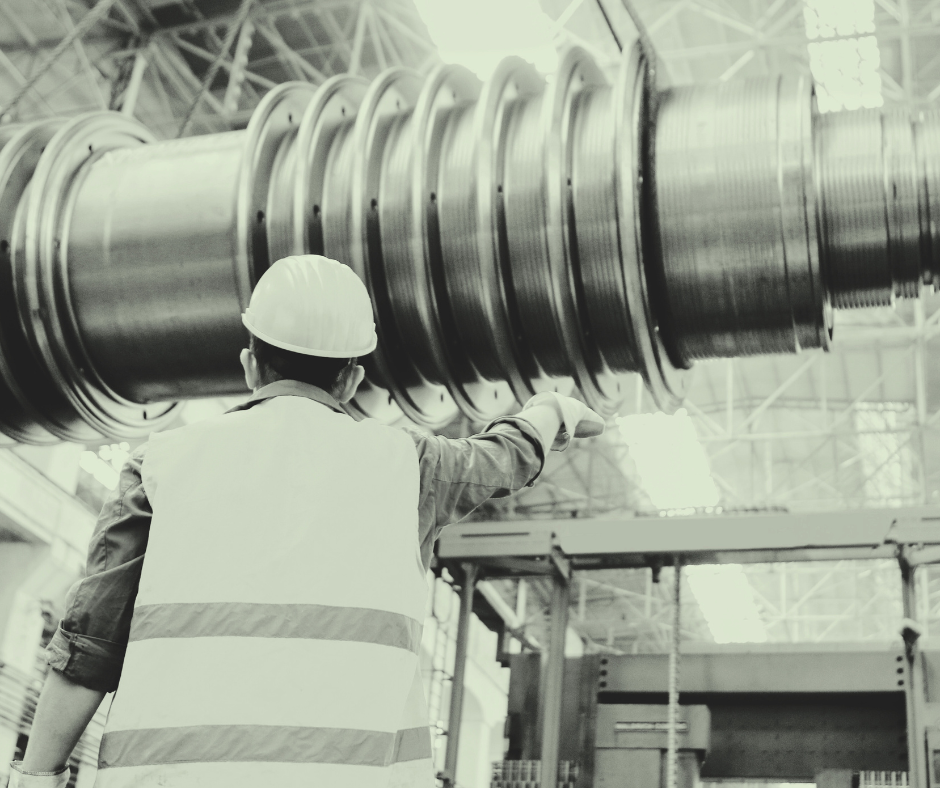In today's competitive manufacturing landscape, data isn't just a buzzword—it's the lifeblood of operational excellence. Yet many facilities are still operating partially blind, making critical decisions based on gut feeling, outdated reports, or incomplete information. The solution? A robust data infrastructure built on SCADA systems and data historians.
The Problem with Manufacturing's Data Blindspots
Walk into most manufacturing facilities, and you'll find a paradox: machines generating vast amounts of data every second, yet decision-makers struggling to access the insights they need. Production data lives in one system, quality metrics in another, and maintenance logs in spreadsheets. When something goes wrong, teams scramble to piece together what happened, often long after the opportunity to prevent it has passed.
This fragmented approach doesn't just make problem-solving harder—it makes continuous improvement nearly impossible.
What is a Data Historian?
A data historian is a specialised database designed to handle the unique demands of industrial time-series data. Unlike traditional databases, historians are optimised to collect, store, and retrieve massive volumes of sensor readings, process variables, and equipment states at high frequencies—sometimes thousands of data points per second.
Think of it as your factory's memory: every temperature reading, every pressure fluctuation, every cycle time, permanently recorded and instantly accessible. This creates an unbroken timeline of your operations that can be analysed days, months, or even years later.
SCADA: Your Operations Command Centre
SCADA (Supervisory Control and Data Acquisition) systems serve as the nervous system of modern manufacturing. They provide real-time monitoring and control of production processes, connecting PLCs, sensors, and equipment into a unified operational view.
While SCADA excels at real-time visibility and control, pairing it with a data historian transforms it from a monitoring tool into a strategic asset. The SCADA system becomes the real-time dashboard, while the historian provides the long-term memory and analytical foundation.
The Business Impact: Why This Matters
Reduce Downtime Through Predictive Insights
When your historian captures every vibration pattern, temperature trend, and performance metric, patterns emerge. That bearing that failed unexpectedly? The data shows subtle changes began three weeks earlier. With historical context, your team can shift from reactive firefighting to predictive maintenance, catching problems before they cause costly downtime.
Accelerate Root Cause Analysis
When quality issues arise, time is money. Instead of speculating about what caused a batch to fail, engineers can query the historian to see exactly what every parameter was doing at that moment. What took days of investigation now takes minutes. You can correlate quality defects with specific process conditions and prevent recurrence.
Enable True Continuous Improvement
You can't improve what you can't measure. A data historian turns every production run into a learning opportunity. Compare successful batches against problematic ones. Test process changes and measure their impact with statistical rigor. Track OEE (Overall Equipment Effectiveness) not just today, but trending over months to validate improvement initiatives.
Support Compliance and Traceability
Regulatory requirements demand detailed records. Manual logging is error-prone and time-consuming. A data infrastructure automatically maintains tamper-proof records of every process parameter, providing the audit trail regulators require while freeing your team from paperwork.
Bridge the Gap Between IT and OT
Manufacturing has historically operated with separate information technology (IT) and operational technology (OT) silos. Modern data historians bridge this gap, making operational data accessible to enterprise systems for ERP integration, business intelligence, and advanced analytics—all while maintaining the security and reliability OT demands.
The Cost of Waiting
Every day without a proper data infrastructure is a day of lost insights. Production inefficiencies go unnoticed. Equipment degradation accelerates unchecked. Quality problems repeat. Your competitors who have invested in these systems are pulling ahead, optimising faster, and operating leaner.
The investment in SCADA and historian systems isn't just about technology—it's about building organisational capability. It's the difference between managing by anecdote and managing by evidence.
Getting Started
Implementing a strong data infrastructure doesn't require ripping out existing systems overnight. Start with your most critical processes or highest-value equipment. Deploy historians to capture that data. Connect them to visualization tools so teams can see patterns. Build competency in data-driven problem solving.
The manufacturers who thrive in the coming decades won't be those with the newest equipment—they'll be those who best understand and optimise the equipment they have. That understanding starts with data, and data starts with the right infrastructure.
Your factory is already generating the insights you need. The question is: are you capturing them?
In an era where Industry 4.0 and smart manufacturing are no longer optional, a robust data infrastructure built on SCADA systems and data historians isn't a luxury, it's the foundation upon which everything else is built. The time to invest is now. Contact us at sales@inpute.com




